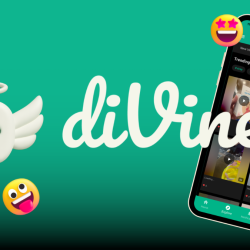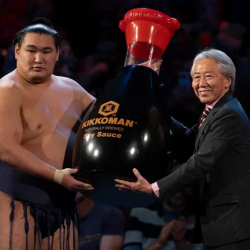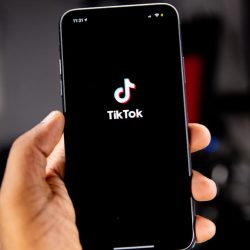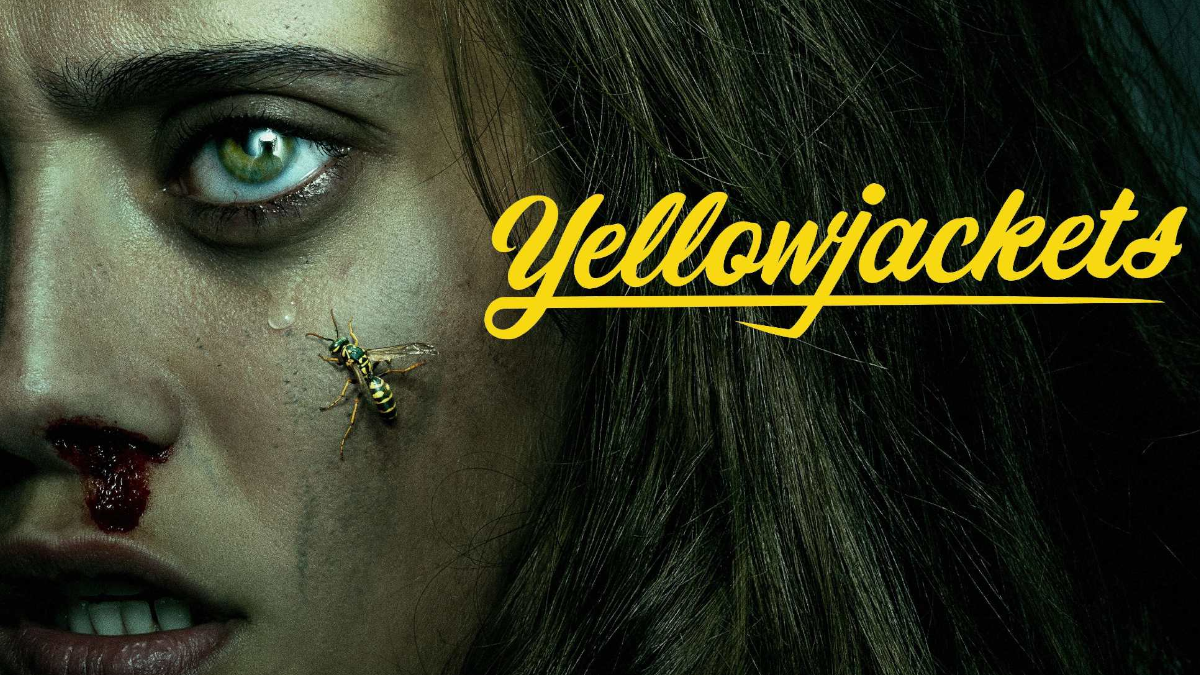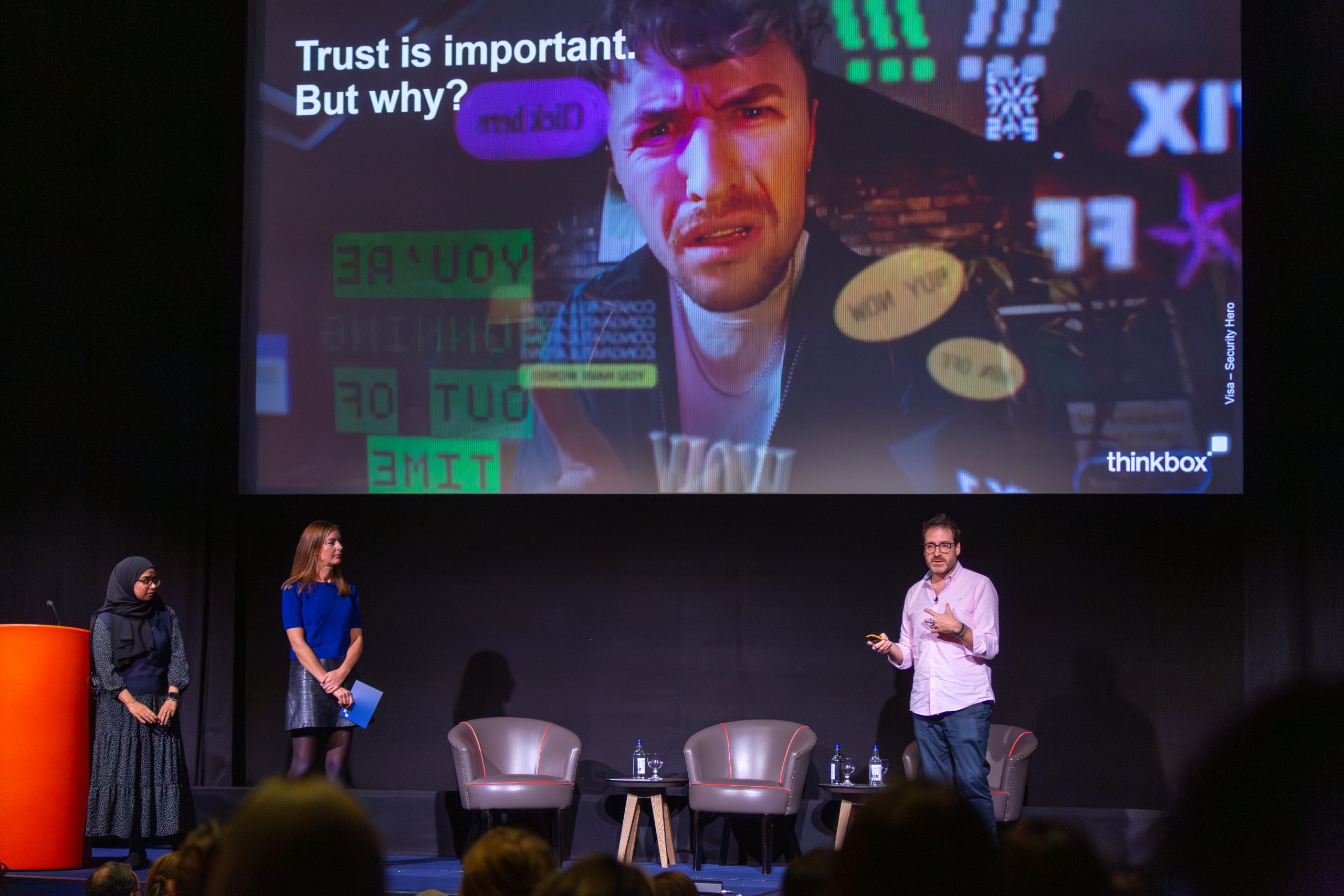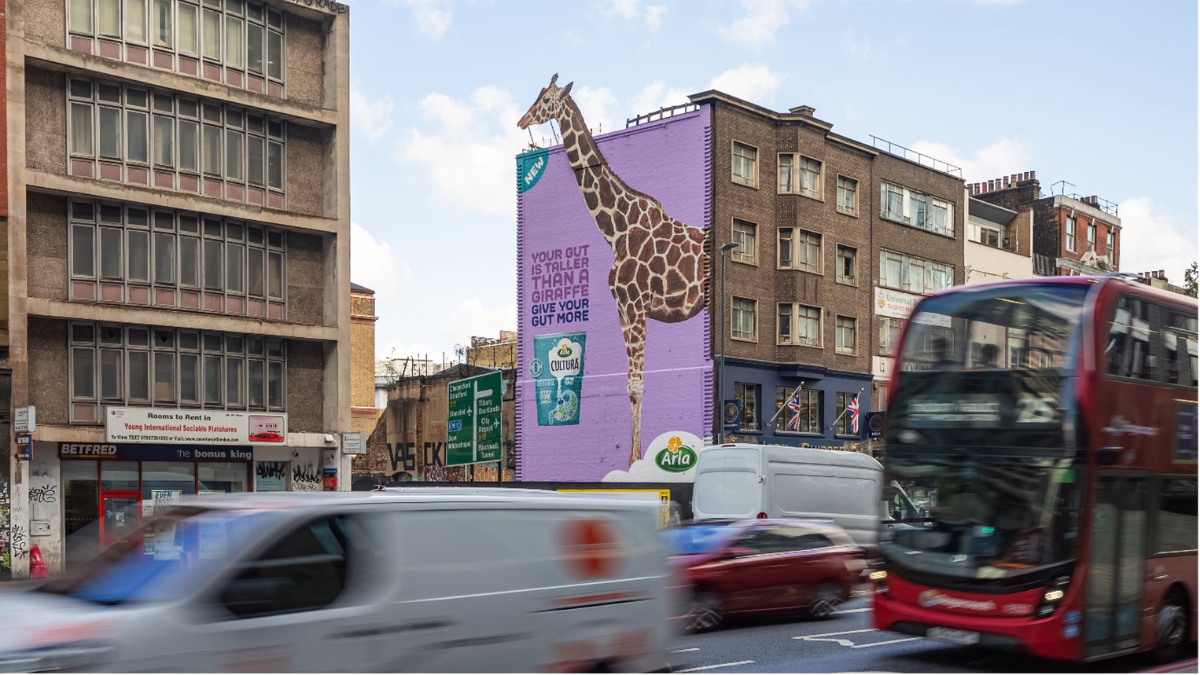Television shows Dying for Sex and Yellowjackets upend conventional portrayals of women by depicting female selfhood, forged and redefined under extreme situations. In both cases the shows implicitly suggest that women must be pushed to extremes to fully embody their power.
In FX’s Dying for Sex Michelle Williams portrays Molly, a woman whose terminal cancer diagnosis becomes a catalyst for a sexual renaissance. Confronted with her mortality, Molly decides to explore her proclivity for sexual dominance. While initially framed as sexual self-discovery, this exploration allows her to reclaim bodily agency amidst her illness and also process her childhood sexual abuse. The series dismantles tired on-screen tropes about women and sex, revealing how the pursuit of sexual self-knowledge can become a pathway to healing trauma.
Series 3 of Yellowjackets continues to weave its split timeline saga: of teenage girls stranded in the wilderness by a plane crash, and the women they become, decades after being rescued. Where earlier seasons saw the girls ambivalent or reluctant to give in to the desperate measures ensuring their survival, Season 3 sees them fully embracing their primal urges, blurring the line between survival and carnal primacy. The wilderness itself is a character in the show, serving as an increasingly nefarious metaphor for the untamed, unsanctioned parts of female identity.
The through line of both shows is that seemingly ordinary women have a potency, ready to be activated, but like with superheroes, the fully-realised female self is often only accessible through its proximity to death.
As media and brand storytellers seek deeper engagement with female audiences, how can they capture this cultural moment?
The scenarios depicted in Dying for Sex and Yellowjackets are extreme, to say the least, and we might ask ourselves whether circumstances must be that extreme to explore women’s reality. But what these programmes accomplish so deftly is to move us beyond the archetype of the ‘empowered woman’ toward something far more complex. The characters are given conditions that allow them to embrace their whole selves. And we can see that empowerment starts to mean less when women as a group more fully enact their own power, because that term suggests a relation of subordination, where women must be handed advantages to succeed.
The evolution in women’s representation we see is about autonomy: power isn’t given to women, it is already a part of them, but needs to be activated. And while women’s survivalism and BDSM are unconventional subjects for a mainstream audience, the success of both shows suggests that culture is ready for stories that reflect the complex, conflicting inner lives of real women.
For brands and media owners aiming to speak meaningfully to female audiences, is it really the case that the only narrative device that legitimates women’s full-self-expression is the threat of death?
We think not. So, what can brands and media owners do?
1. Go deeper than ‘empowerment’
More narrative innovation is to be found in exploring ambivalence, awkward and raw journeys, rebellion, vulnerability and resilience.
2. Exploring female desire can unlock richer narratives
As these narratives show, desire is central to a woman’s identity. Narratives containing sexuality need not be romantic: sex represents a form of agency and personal journey that provides a compelling entry point for exploring other critical themes: a more raw story of a young woman’s death; non-traditional romantic partners — in life and death.
3. Normalise the non-linear
Women’s lives aren’t always an upward arc or straight line. Reflect that in storytelling structures.
When media and brands begin to reflect the full spectrum of female experience they contribute to a more nuanced and evolving landscape, where women’s representation better aligns to the cultural moment. Projecting these stories back to the world is a key part of inspiring a wider and more meaningful conversation.
This article is the first in a quarterly series called The Cultural Code, co-authored by Monique Centrone and Victoria Gerstman, where they analyse certain moments in culture through a semiotic and cultural lens, looking at how they might apply to brands and media owners.
Featured image: Yellowjackets / Showtime

